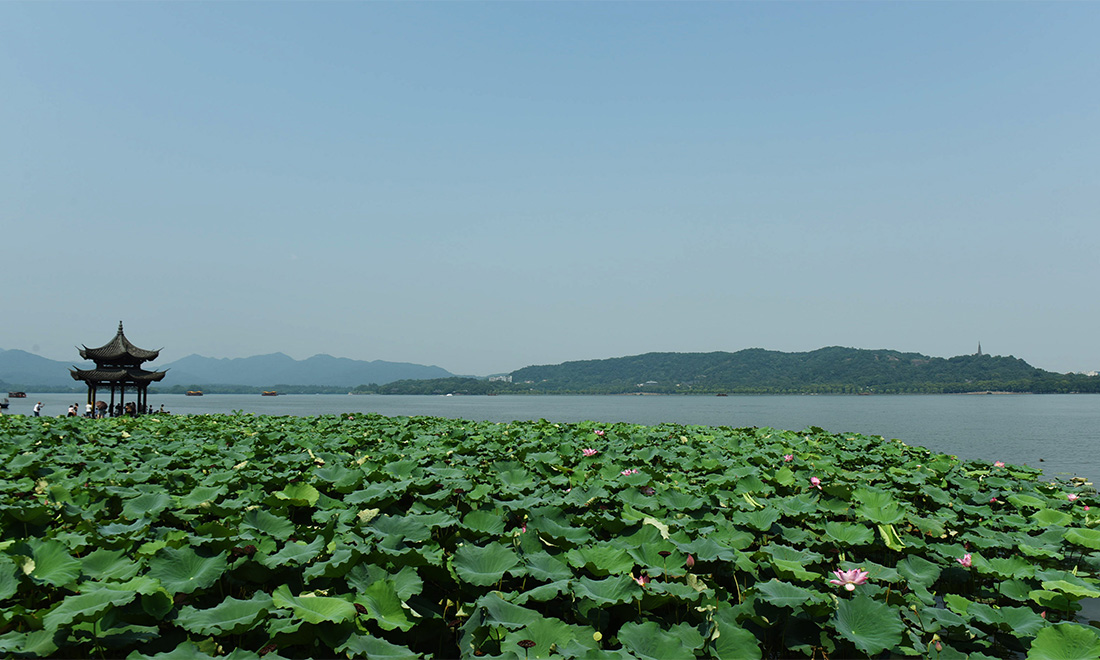Editor's Note:
The magnificence of Hangzhou's scenic beauty is best described by the old Chinese saying: “Up above there is paradise, down here there are Suzhou and Hangzhou.” With the upcoming 2016 G20 summit in Hangzhou almost upon us, let us take a look at the 10 most recommended Hangzhou attractions.
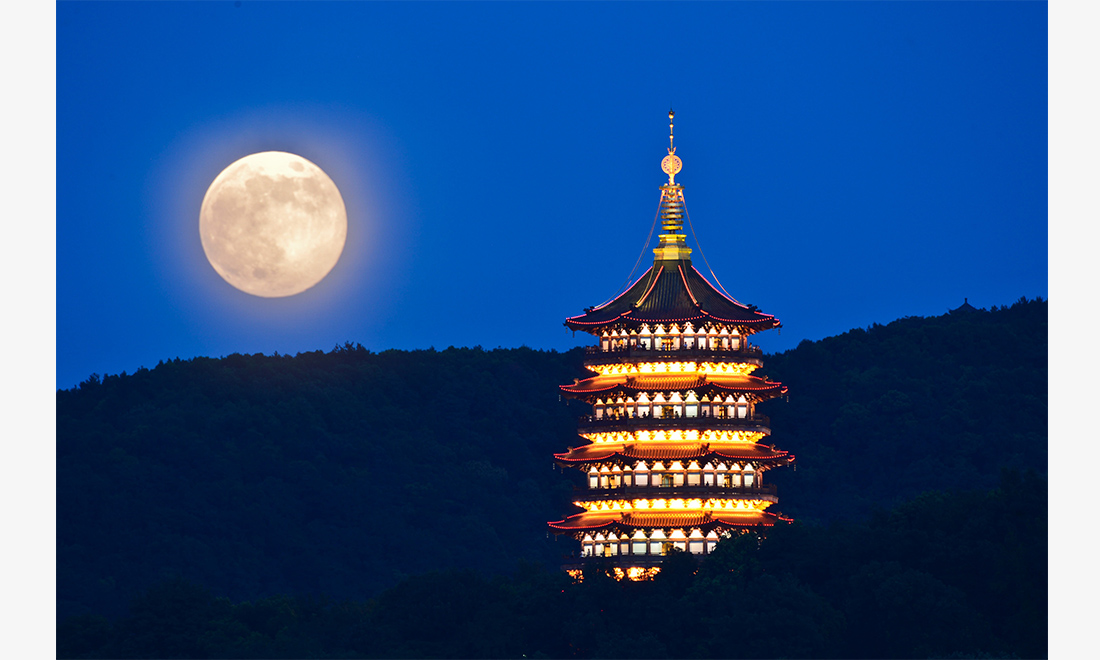 Leifeng Pagoda is located on Nanping Mountain near the West Lake, and was built in 975, during the Five Dynasties and Ten Kingdoms period (907-979). Unfortunately, the original Leifeng Pagoda collapsed in 1924, but in 2002, it was given a second life through government restoration work. Nowadays, the famous scenery of Sunset Glow over Leifeng Pagoda is a favorite spot for tourists. Photo: IC
Leifeng Pagoda is located on Nanping Mountain near the West Lake, and was built in 975, during the Five Dynasties and Ten Kingdoms period (907-979). Unfortunately, the original Leifeng Pagoda collapsed in 1924, but in 2002, it was given a second life through government restoration work. Nowadays, the famous scenery of Sunset Glow over Leifeng Pagoda is a favorite spot for tourists. Photo: IC 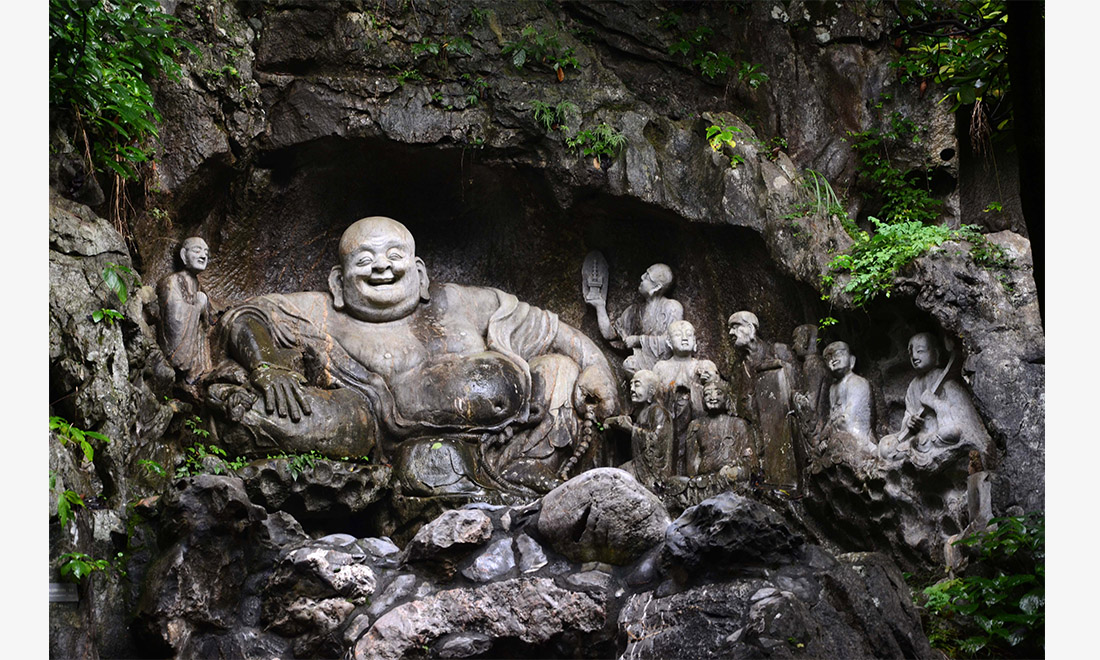 Lingyin Temple, or Temple of the Soul’s Retreat, is the most famous temple in Hangzhou, with a history of around 1,700 years. It is one of the largest and wealthiest Buddhist temples in China, and contains numerous pagodas, Buddhist grottoes and religious rock carvings. Photo: CFP
Lingyin Temple, or Temple of the Soul’s Retreat, is the most famous temple in Hangzhou, with a history of around 1,700 years. It is one of the largest and wealthiest Buddhist temples in China, and contains numerous pagodas, Buddhist grottoes and religious rock carvings. Photo: CFP 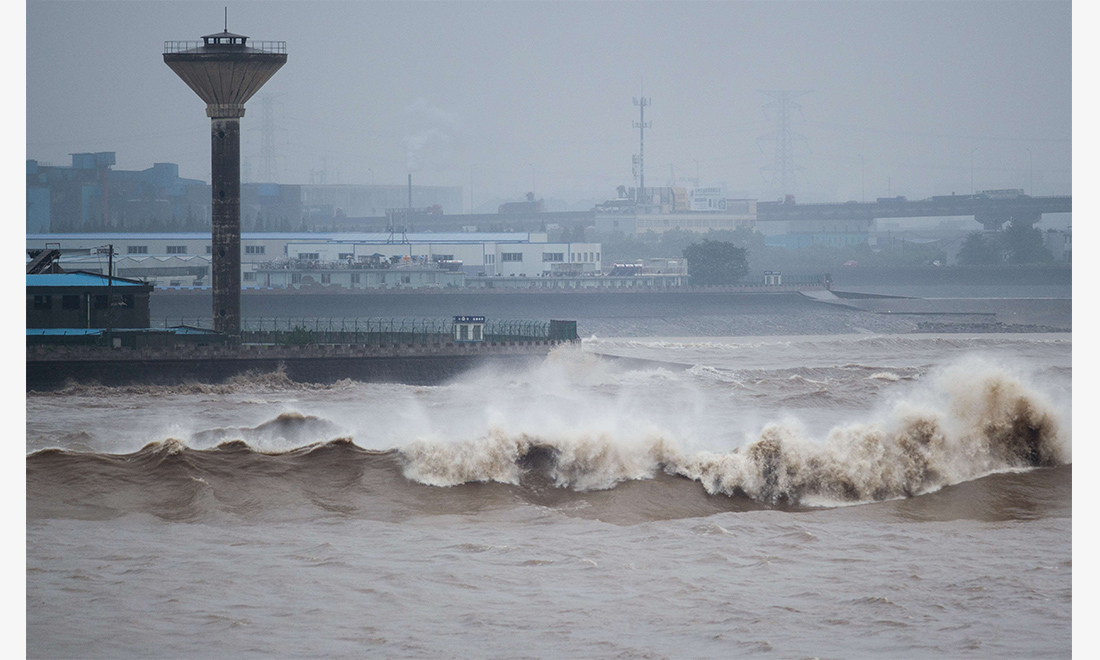 The Qiantang River is the largest river in Zhejiang Province, and is considered to be the major cradle of Yue culture, giving birth to the people of Zhejiang. The Qiantang River also boasts one of the world's largest tide, causing tourists to gather along the riverbank every year on the 15th to 18th days of the eight lunar month to take in the spectacle. Photo: CFP
The Qiantang River is the largest river in Zhejiang Province, and is considered to be the major cradle of Yue culture, giving birth to the people of Zhejiang. The Qiantang River also boasts one of the world's largest tide, causing tourists to gather along the riverbank every year on the 15th to 18th days of the eight lunar month to take in the spectacle. Photo: CFP 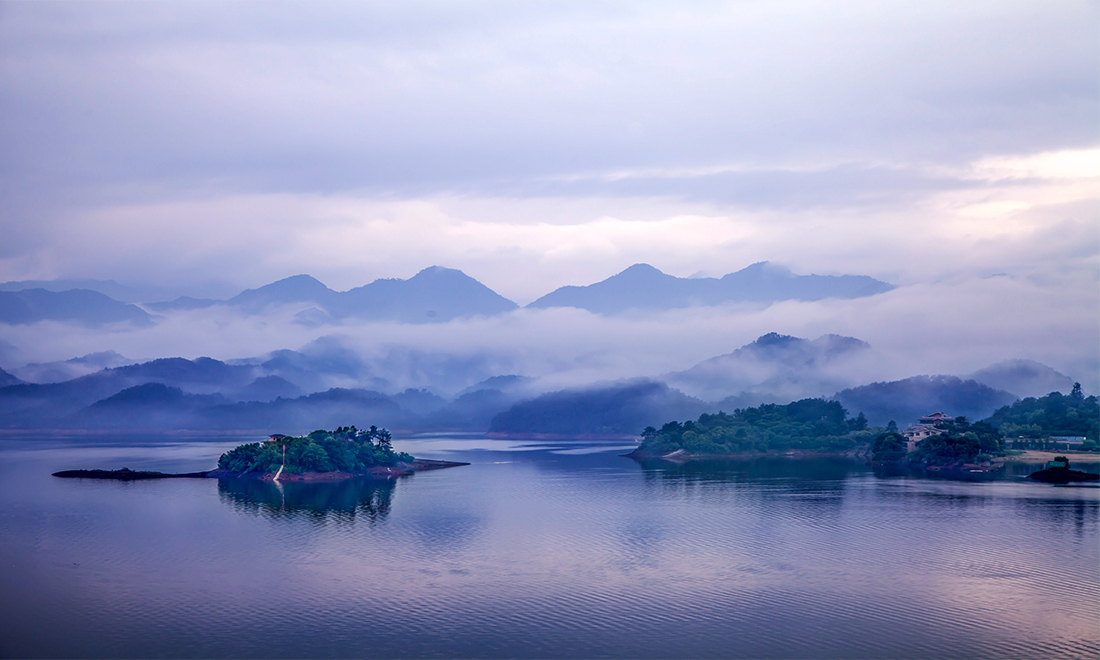 Thousand Islets Lake lies in Chun’an county of Hangzhou City, Zhejiang Province. It is China’s first artificial lake as well as its largest national park. The lake gets its name from the 1,078 islands found within its waters, linking tourist attractions between Zhejiang and Anhui Provinces with a flourishing tourism network. Photo: CFP
Thousand Islets Lake lies in Chun’an county of Hangzhou City, Zhejiang Province. It is China’s first artificial lake as well as its largest national park. The lake gets its name from the 1,078 islands found within its waters, linking tourist attractions between Zhejiang and Anhui Provinces with a flourishing tourism network. Photo: CFP 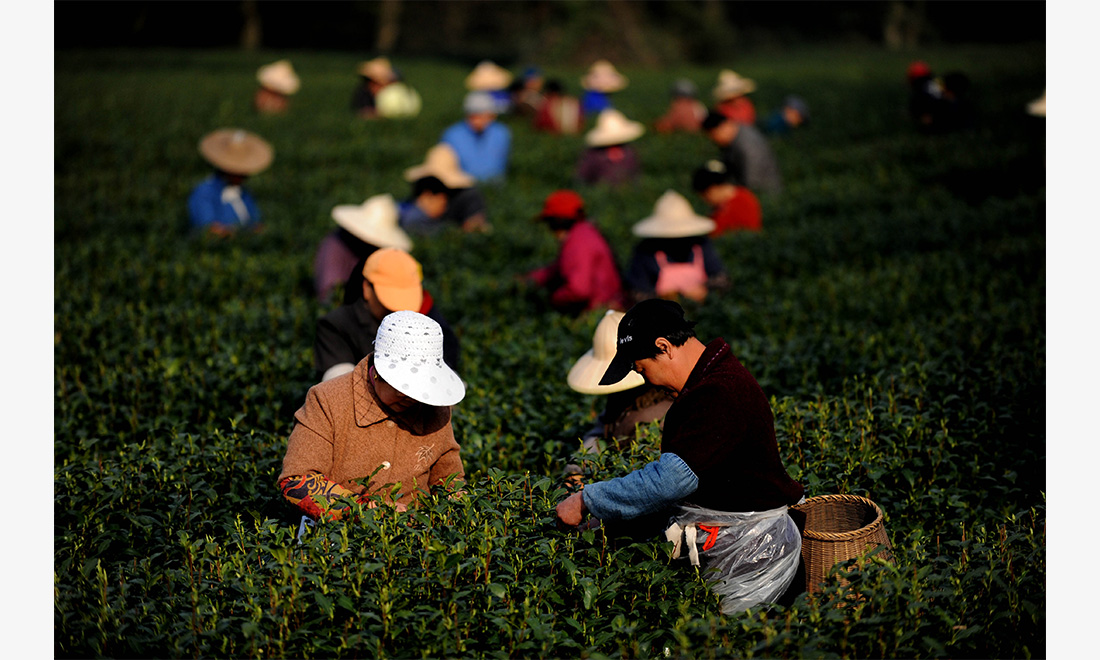 Meijiawu Tea Village in Hangzhou is well known for its Longjing tea plantation. Longjing tea, literally translated as Dragon Well tea, was once granted the status of Gong Cha, or imperial tea, for the Emperors of the Qing Dynasty (1644-1911). Meijiawu has a history of over 600 years and is home to 160 tea houses. Here, visitors can learn more about the region's rich tea culture, as well as try their hands at picking tea leaves under the guidance of the Meijiawu experts. Photo: CFP
Meijiawu Tea Village in Hangzhou is well known for its Longjing tea plantation. Longjing tea, literally translated as Dragon Well tea, was once granted the status of Gong Cha, or imperial tea, for the Emperors of the Qing Dynasty (1644-1911). Meijiawu has a history of over 600 years and is home to 160 tea houses. Here, visitors can learn more about the region's rich tea culture, as well as try their hands at picking tea leaves under the guidance of the Meijiawu experts. Photo: CFP 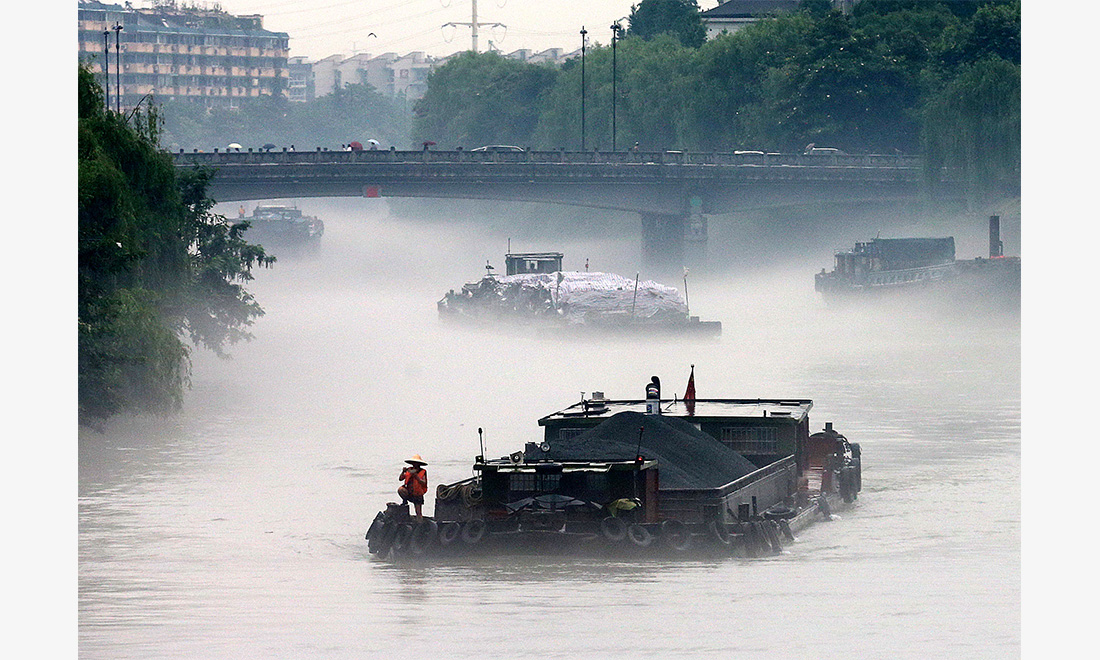 The Beijing-Hangzhou Grand Canal is the longest ancient canal in the world, stretching a length of 1794 kilometers. The canal begins in Hangzhou, where tourists can appreciate the beauty of the water town and experience the tranquil lifestyle of Hangzhou residents. Photo: CFP
The Beijing-Hangzhou Grand Canal is the longest ancient canal in the world, stretching a length of 1794 kilometers. The canal begins in Hangzhou, where tourists can appreciate the beauty of the water town and experience the tranquil lifestyle of Hangzhou residents. Photo: CFP 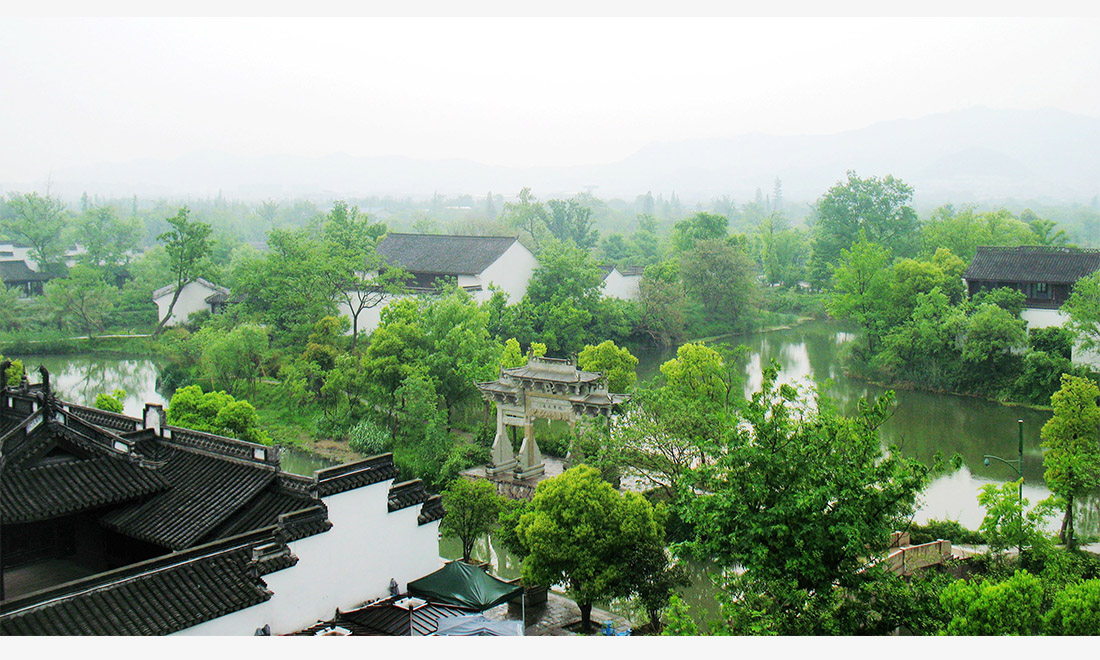 Xixi National Wetland Park is the only national wetland park in China, with river ports, ponds, lakes and wetlands covering 70% of the park's area. In Xixi National Wetland Park, three causeways (Fu, Lu, and Shou Causeway) and ten sights (Dasheng Nunnery, Water Mirroring Red Persimmons, Dragon Boat Pageant, Egret Trace with the Lotus, Hong's Villa, Moonlight Mirroring within the Reeds, Rainy Fishing Village, Xixi Plum Villa, Gao's Villa, and Appreciate Music in Hezhu) are regarded as must-sees. Photo: CFP
Xixi National Wetland Park is the only national wetland park in China, with river ports, ponds, lakes and wetlands covering 70% of the park's area. In Xixi National Wetland Park, three causeways (Fu, Lu, and Shou Causeway) and ten sights (Dasheng Nunnery, Water Mirroring Red Persimmons, Dragon Boat Pageant, Egret Trace with the Lotus, Hong's Villa, Moonlight Mirroring within the Reeds, Rainy Fishing Village, Xixi Plum Villa, Gao's Villa, and Appreciate Music in Hezhu) are regarded as must-sees. Photo: CFP 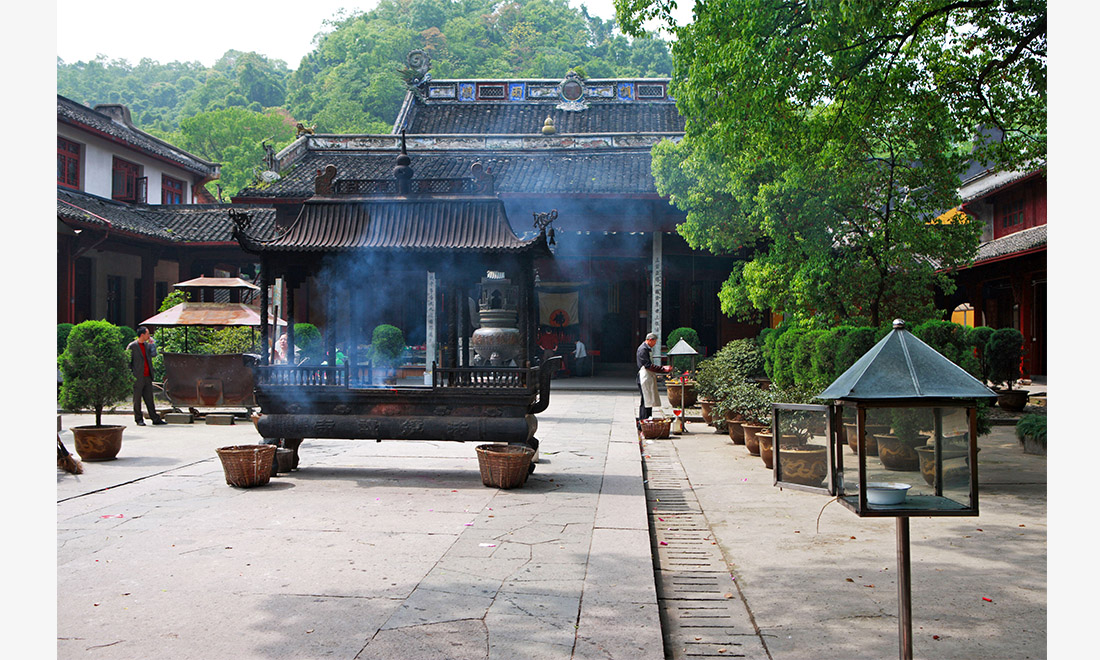 The Three Temples of Tianzhu Hill nearby the West Lake were given the names of Faxi Temple (the upper Tianzhu temple), Fajing Temple (the middle Tianzhu temple), and Fajing Temple (the lower Tianzhu temple) by Emperor Qianlong (1711-99) in the Qing Dynasty (1644-1911). The three temples share a deep Buddhist heritage, helping the region of Hangzhou earn the honorary title “The Buddhist Heaven of Tianzhu.” Photo: CFP
The Three Temples of Tianzhu Hill nearby the West Lake were given the names of Faxi Temple (the upper Tianzhu temple), Fajing Temple (the middle Tianzhu temple), and Fajing Temple (the lower Tianzhu temple) by Emperor Qianlong (1711-99) in the Qing Dynasty (1644-1911). The three temples share a deep Buddhist heritage, helping the region of Hangzhou earn the honorary title “The Buddhist Heaven of Tianzhu.” Photo: CFP 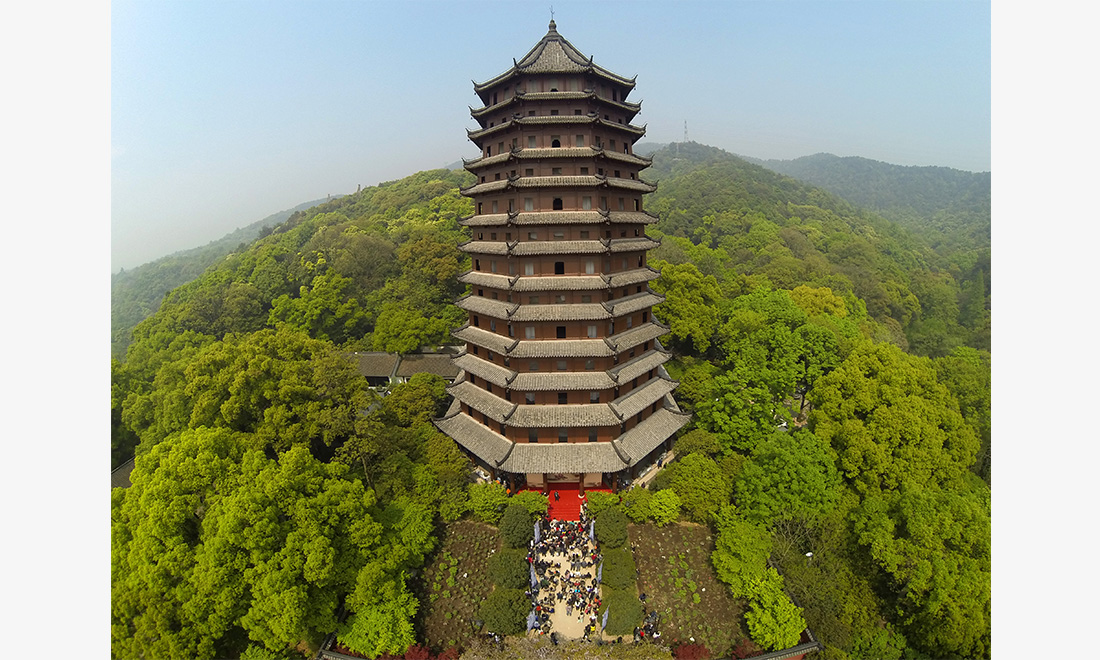 Six Harmonies Pagoda, or Liuhe Pagoda, is a masterpiece of ancient Chinese architecture. It was first built to calm the tides of the Qiantang River in the Northern Song Dynasty (960-1127), drawing its name “Six Harmonies” from Buddhist teachings. Today, it serves as an ideal lookout point over the Qiantang River. Photo: CFP
Six Harmonies Pagoda, or Liuhe Pagoda, is a masterpiece of ancient Chinese architecture. It was first built to calm the tides of the Qiantang River in the Northern Song Dynasty (960-1127), drawing its name “Six Harmonies” from Buddhist teachings. Today, it serves as an ideal lookout point over the Qiantang River. Photo: CFP









